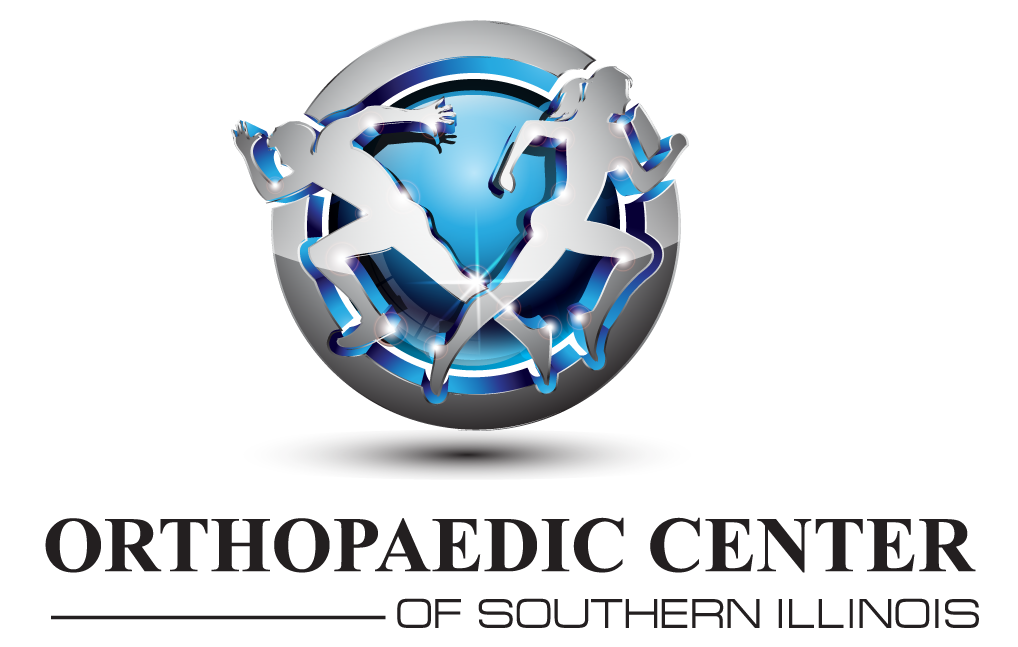Ankle Sprain/Avulsion Fracture
A ligament is a strong type of connective tissue that connects one bone to another. When you sprain your ankle, you stretch or tear one or more of the ligaments that support the ankle joints. The ankle joints are held in place by several ligaments and there are several types of sprains based on the type of damage sustained:
Sprain Types:
- Grade I A stretch injury to one or more ligaments
- Grade II A partial tear of at least one ligament
- Grade III A full tear of at least one ligament
In the past, the title Grade IV sprain was used to describe a fracture/dislocation of the ankle, but that term is no longer commonly used as the injury is typically just described as a fracture/dislocation. This type of injury requires surgery. Sprains graded I-III are treated conservatively.
With a Grade I sprain, you might notice some minor pain and swelling that often resolve within a few days. These sprains are very common and do not typically require any formal physical therapy.
Sprains graded II and III are more significant, with symptoms lasting from weeks to months. Usually if one ligament is torn, some others are stretched. You can also strain a muscle during the twisting injury. The most commonly strained muscles in an ankle sprain are the peroneal muscles. This group of 3 muscles help turn your heel outward and can sustain injury when your ankle turns inward forcefully, such as during an ankle sprain. If one of your ankle muscles gets pulled hard enough during an ankle injury, a small piece of bone can be pulled away from the rest of the bone where the muscle?s tendon attaches. This is referred to as an avulsion fracture.
Grade II and III sprains as well as avulsion fractures tend to require use of a walking boot for several weeks to keep the ankle stable as it heals. During this time, you will do range of motion exercises and gentle stretching to help decrease swelling and to keep your muscles from getting tight while you use the boot. Once the boot is discontinued, rehab will progress to include gait and stair training, balance work, and ankle strengthening. It is important to properly rehab the ankle after an injury in order to keep it from becoming your "weak" ankle and remaining unstable in the future.









